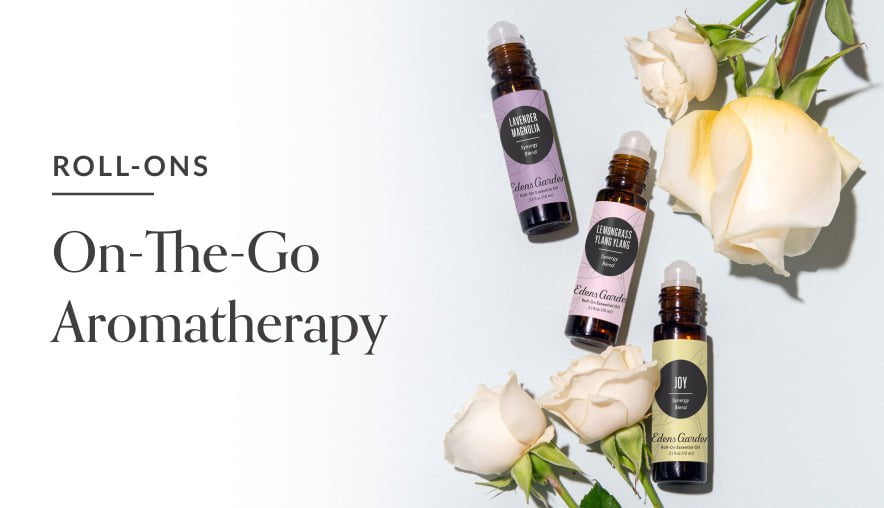What’s the Difference Between Deodorant and Antiperspirant?

To be or not to be? Got milk? How many licks does it take to get to the center of a Tootsie-Pop? These are some of the questions that have confounded humanity, along with the more important query, “What’s the difference between deodorant and antiperspirant?”
While they’re often used interchangeably, deodorants and antiperspirants couldn’t be more different. Sure, both are applied to your underarms in the hope that you won’t smell bad when your body is stressed, but that’s where the similarities end, more or less.
Let’s begin with the mission of each. Deodorants work to mask bad odors, but allow you to sweat when your body needs to. On the other hand, antiperspirants work deep in your pores to halt sweat production altogether. While those are the basic differences, there’s much more to explore beneath the epidermis, if you will.
Getting the most out of your antiperspirant and deodorant require different strategies. Antiperspirant users should apply it before bed, preferably after they’ve showered and dried completely. This allows the antiperspirant’s active ingredients to absorb into the pores. For those deodorant disciples, applying your odor-fighter of choice in the morning, noon or night is an opportune time.
At the end of the day, however, what makes these two products different comes down to ingredients and their effect on our biology. When we sweat, the odor that is produced in our armpits is called “axillary body odor,” the term “axillary” coming from the medical term for our underarm region. Within that region exists the apocrine glands, which secrete fats and proteins from the body. This is where the unpleasant odor of sweat derives from. When this happens, the simple ingredients in deodorant counteract the smell of that bacteria. In this way, your body’s natural process of sweating is allowed to take place while the simple (read: healthier) ingredients in deodorant combat unwanted odors.
Conversely, antiperspirants call upon an array of other ingredients to stop your body’s natural process of sweat. Aluminum. Zirconium. These are metals that seem better suited to cars and tools, not your underarms. Alas, those ingredients and more are included in most antiperspirant formulas and act to stop sweat at the gate, so to speak. Without any sweat, the bacteria in your underarms have nothing to feed on, which is how antiperspirants keep you from smelling less-than-wonderful during stress or physical activity. However, by denying your body the ability to sweat, antiperspirants can serve to clog your sweat-producing pores. And “clogging” is something we don’t want our body doing.
So what do clogged pores and aluminum mean for my body? you might ask. While the long-term effects are still being studied, what has become apparent is that aluminum in antiperspirants can cause mutations in DNA and cause problems for kidneys. It should be noted, of course, that studies and results are still being determined.
You may be wondering what’s up with those products claiming to be deodorant-antiperspirants? It’s a good question, and the answer is simple: they’re antiperspirants. While these products contain a fragrance to minimize the odor of any sweat that may be secreted, their ingredients are still consistent with any other antiperspirant — aluminum and zirconium included.
If you’re looking to steer away from antiperspirants, check out our line of natural deodorants here.





Leave a comment (Comments will be approved before showing up)